How to Repair a Dryer Door Latch
A faulty dryer door latch can be frustrating and inconvenient, interrupting your laundry routine and leaving you with damp clothes. Whether your dryer door won’t close properly or the latch is completely broken, repairing it is a straightforward task that you can tackle at home. This guide will walk you through the steps to fix a dryer door latch, saving you time and money. For any questions, or if you need professional assistance, call us at 0508700774.
Understanding Your Dryer Door Latch
Before diving into the repair process, it’s essential to understand what a dryer door latch is and why it might malfunction. The dryer door latch is a small but crucial component that keeps the door closed during operation. It ensures that the dryer runs safely and efficiently, as most dryers won’t operate if the door isn’t securely shut.
Common Issues with Dryer Door Latches
There are several reasons why a dryer door latch might fail:
- Wear and Tear: Over time, regular use can cause the latch to become loose or misaligned.
- Damage: Accidental bumps or forceful closing can break or damage the latch.
- Dirt and Debris: Lint and other debris can accumulate in the latch, causing it to stick or malfunction.
Understanding these issues is the first step in diagnosing and fixing your dryer door latch.
Why Repair Your Dryer Door Latch?
Repairing a faulty dryer door latch has several benefits:
- Safety: A properly closed door ensures that your dryer operates safely, reducing the risk of accidents or damage.
- Efficiency: A functioning latch helps your dryer work efficiently, leading to better drying performance and energy savings.
- Cost Savings: Repairing a latch yourself can save money compared to hiring a professional or replacing the entire dryer.
By understanding the importance of the dryer door latch and the common issues it faces, you’re better equipped to tackle any repairs.
Tools and Materials Needed for Repair
Before you begin repairing your dryer door latch, gathering all the necessary tools and materials is crucial. This preparation ensures a smooth and efficient repair process. Here’s what you’ll need:
Essential Tools
- Screwdriver Set: Depending on your dryer’s model, you’ll need either a Phillips or flathead screwdriver to remove screws and access the latch.
- Pliers: Useful for gripping and manipulating parts, especially if they are stuck or tightly fitted.
- Needle-Nose Pliers: Handy for reaching tight spaces and handling small components.
- Multimeter: If you’re diagnosing electrical issues, a multimeter can help you check the continuity and ensure the latch switch is functioning correctly.
Materials Needed
- Replacement Latch Kit: If your current latch is broken or severely damaged, you’ll need a new latch kit compatible with your dryer model. These kits usually include the latch, catch, and screws.
- Cleaning Supplies: A brush or cloth can help remove lint and debris from the latch area.
- Lubricant: If the latch is sticking due to dirt or wear, a small amount of lubricant can improve its functionality.
Optional Tools and Materials
- Flashlight: Helpful for illuminating dark or hard-to-see areas inside the dryer.
- User Manual: If you have your dryer’s manual, it can provide specific instructions or diagrams for accessing and replacing the latch.
Having these tools and materials ready before starting the repair will save time and reduce frustration. With everything on hand, you’re ready to tackle the dryer door latch repair confidently.
Step-by-Step Guide to Repairing Your Dryer Door Latch
Now that you have all the necessary tools and materials, it’s time to get started on repairing your dryer door latch. Follow these steps carefully to ensure a successful repair.
Step 1: Safety First
Before beginning any repair, safety should be your top priority. Ensure that your dryer is unplugged from the power source to avoid electrical shock. If your dryer is hardwired, consider turning off the circuit breaker that supplies power to it.
Step 2: Access the Dryer Door Latch
- Open the Dryer Door: Start by opening the dryer door fully to access the latch area.
- Locate the Screws: Depending on your dryer model, you may need to remove screws that secure the latch to the dryer door. These screws are usually located on the inside edge of the door.
- Remove the Latch: Carefully unscrew and remove the latch from the dryer door. Keep the screws in a safe place for reinstallation.
Step 3: Inspect the Latch and Components
- Examine the Latch: Check the latch for signs of wear, damage, or misalignment. Look for cracks, bends, or other visible issues.
- Inspect the Catch: The catch is the part that the latch hooks into. Ensure it’s aligned and free from damage.
- Clean the Area: Use a brush or cloth to remove any lint, dirt, or debris around the latch and catch area.
Step 4: Replace or Repair the Latch
- Replace the Latch: If the latch is damaged beyond repair, install a new latch from your replacement kit. Align it with the screw holes and secure it using the screws you set aside.
- Repair the Latch: If the latch is misaligned but not broken, adjust it until it fits snugly into the catch when the door is closed. You may need to gently bend or reposition it.
Step 5: Test the Dryer Door Latch
- Close the Dryer Door: Once the latch is installed or repaired, close the dryer door to ensure it latches securely.
- Check for Proper Alignment: The door should close smoothly without resistance, and the latch should hold the door firmly shut.
- Power On and Test: Plug the dryer back in or turn on the circuit breaker. Run a short cycle to ensure the dryer operates with the door closed.
By following these steps, you can effectively repair your dryer door latch, restoring your dryer’s functionality and efficiency. If you encounter any issues or need further assistance, don’t hesitate to contact us at 0508700774.
Troubleshooting Common Dryer Door Latch Problems
Even after repairing your dryer door latch, you may encounter some issues that require additional troubleshooting. Here are some common problems and how to address them:
Problem 1: Dryer Door Won’t Stay Closed
If your dryer door won’t stay closed even after repairing or replacing the latch, consider these solutions:
- Check Alignment: Ensure the latch and catch are correctly aligned. Misalignment can prevent the latch from securing the door properly.
- Inspect the Catch: The catch may be worn or damaged. Consider replacing it if it’s not holding the latch securely.
- Tighten Screws: Loose screws can cause the latch to wobble or misalign. Make sure all screws are tight and secure.
Problem 2: Dryer Door Latch is Sticking
A sticking latch can be frustrating and may cause the door to not close smoothly:
- Clean the Latch Area: Dirt and debris can cause the latch to stick. Clean the latch and catch area thoroughly.
- Apply Lubricant: A small amount of lubricant can help the latch move more freely. Be sure to use a lubricant safe for use on appliances.
Problem 3: Dryer Won’t Start with Door Closed
If the dryer won’t start even though the door is closed, the issue may lie with the latch switch:
- Test the Latch Switch: Use a multimeter to test the continuity of the latch switch. If it fails the test, it may need replacement.
- Check Electrical Connections: Ensure all electrical connections to the latch switch are secure and undamaged.
By troubleshooting these common issues, you can ensure that your dryer door latch functions correctly and your dryer operates smoothly. For professional help, contact us at 0508700774.
Preventing Future Dryer Door Latch Problems
Preventing future problems with your dryer door latch can save you time and hassle. Here are some tips to keep your latch in good condition:
Regular Maintenance
- Clean Regularly: Make it a habit to clean the latch and catch area to prevent lint and debris buildup. This practice helps maintain smooth operation.
- Inspect Periodically: Regularly check the latch and catch for signs of wear or damage. Early detection can prevent more significant issues down the line.
Gentle Use
- Avoid Slamming the Door: Gently close the dryer door to avoid putting unnecessary stress on the latch.
- Educate Household Members: Ensure everyone who uses the dryer knows how to close the door properly and handle it gently.
Professional Inspection
- Annual Check-Up: Consider scheduling an annual inspection of your dryer by a professional technician. They can identify potential problems before they become serious issues.
- Replace Worn Parts: If any part of the latch or catch shows signs of wear, replace it promptly to maintain optimal performance.
Following these prevention tips, you can extend your dryer’s lifespan and avoid frequent repairs. If you need assistance with maintenance or repairs, call us at 0508700774.
Conclusion
Repairing a dryer door latch is a straightforward process that can save you time, money, and frustration. By understanding the components of your dryer door latch, gathering the necessary tools and materials, and following a step-by-step repair guide, you can successfully restore your dryer’s functionality. Additionally, troubleshooting common issues and practicing preventive maintenance will help keep your dryer door latch in good condition.
If you encounter any difficulties during the repair process or prefer professional assistance, don’t hesitate to reach out. We are here to help you with all your dryer repair needs. Call us at 0508700774 for expert advice and service.
By taking the time to repair and maintain your dryer door latch, you ensure a safer, more efficient, and longer-lasting appliance. Thank you for reading, and happy repairing!

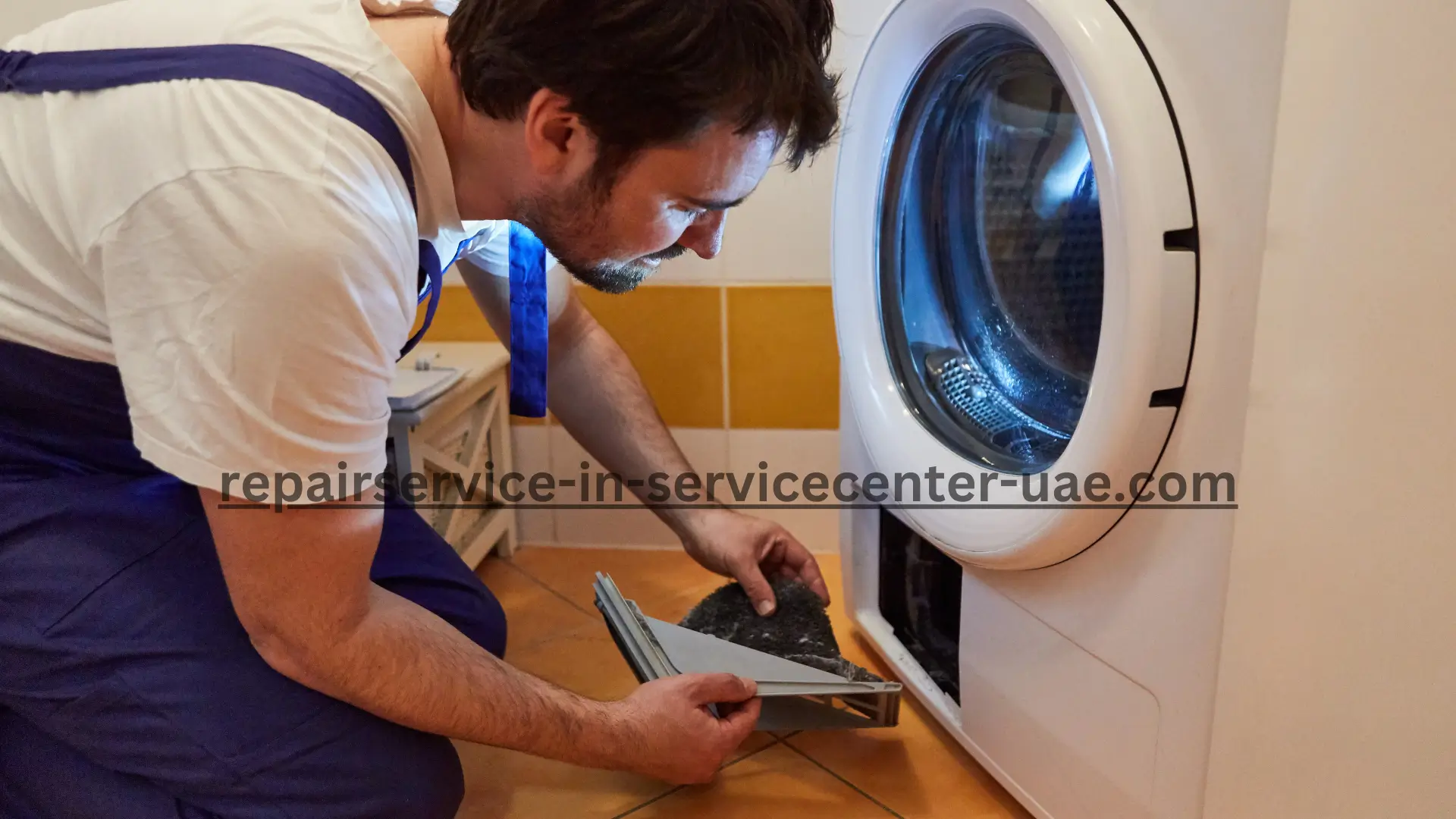

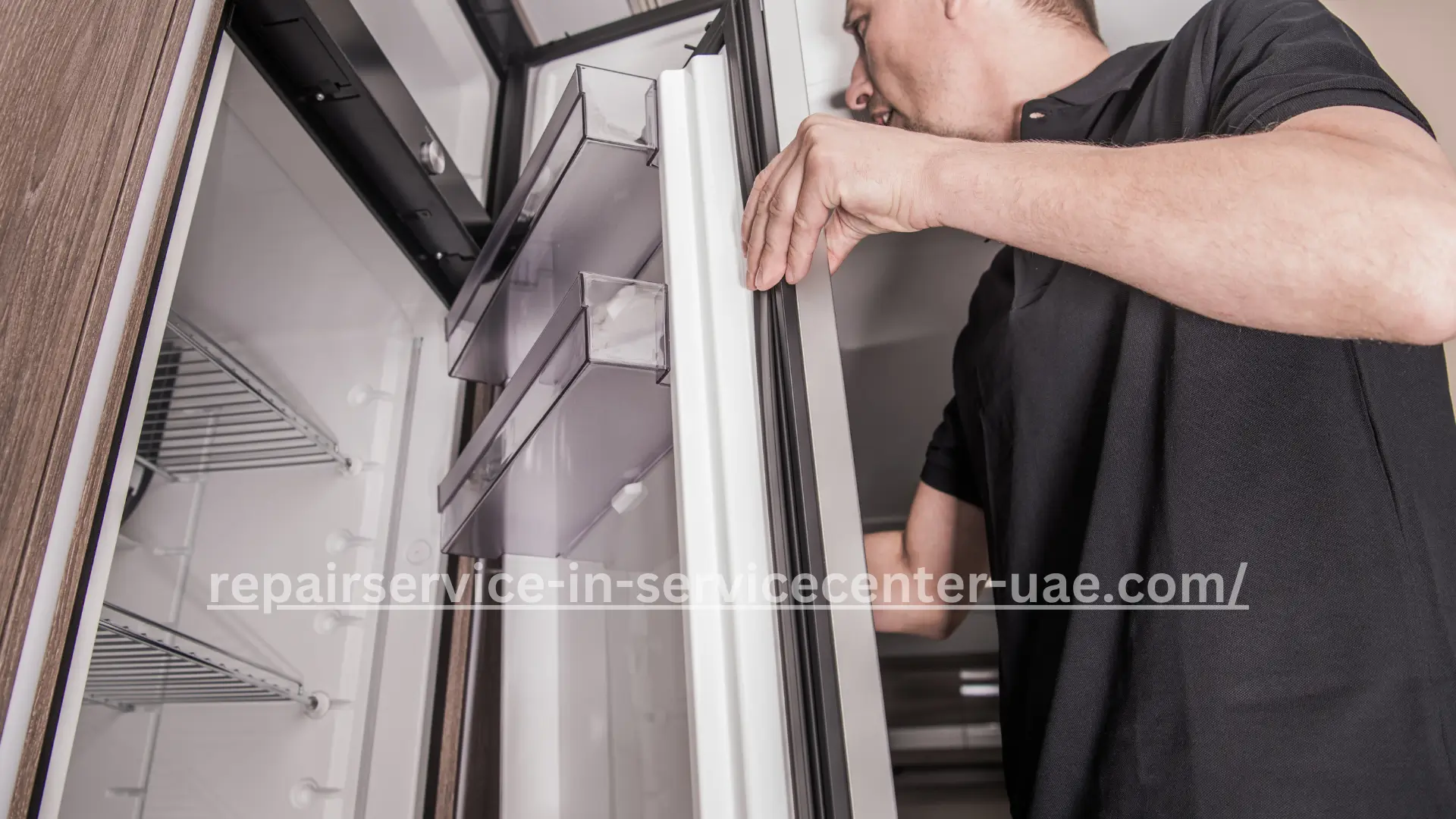
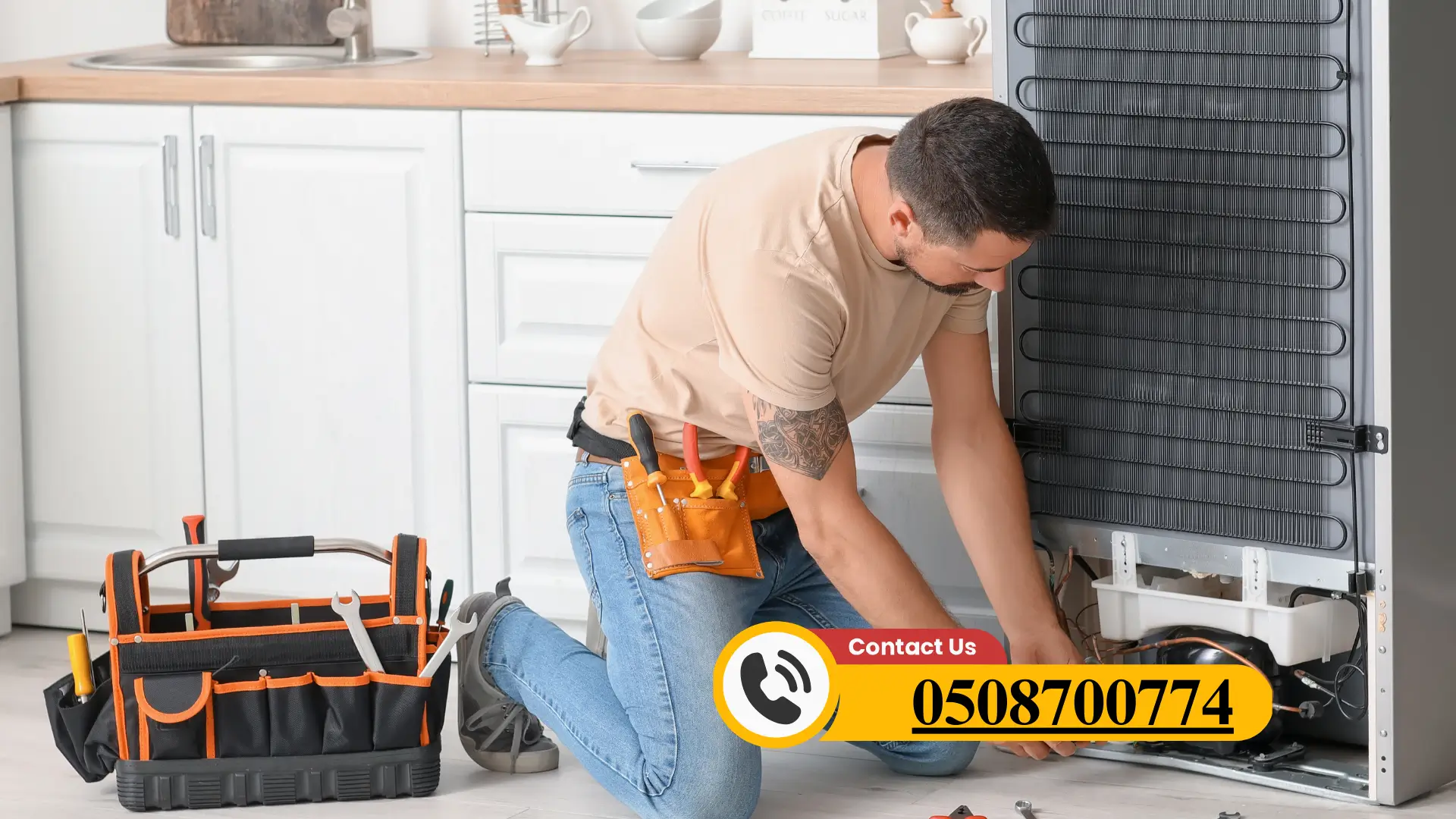

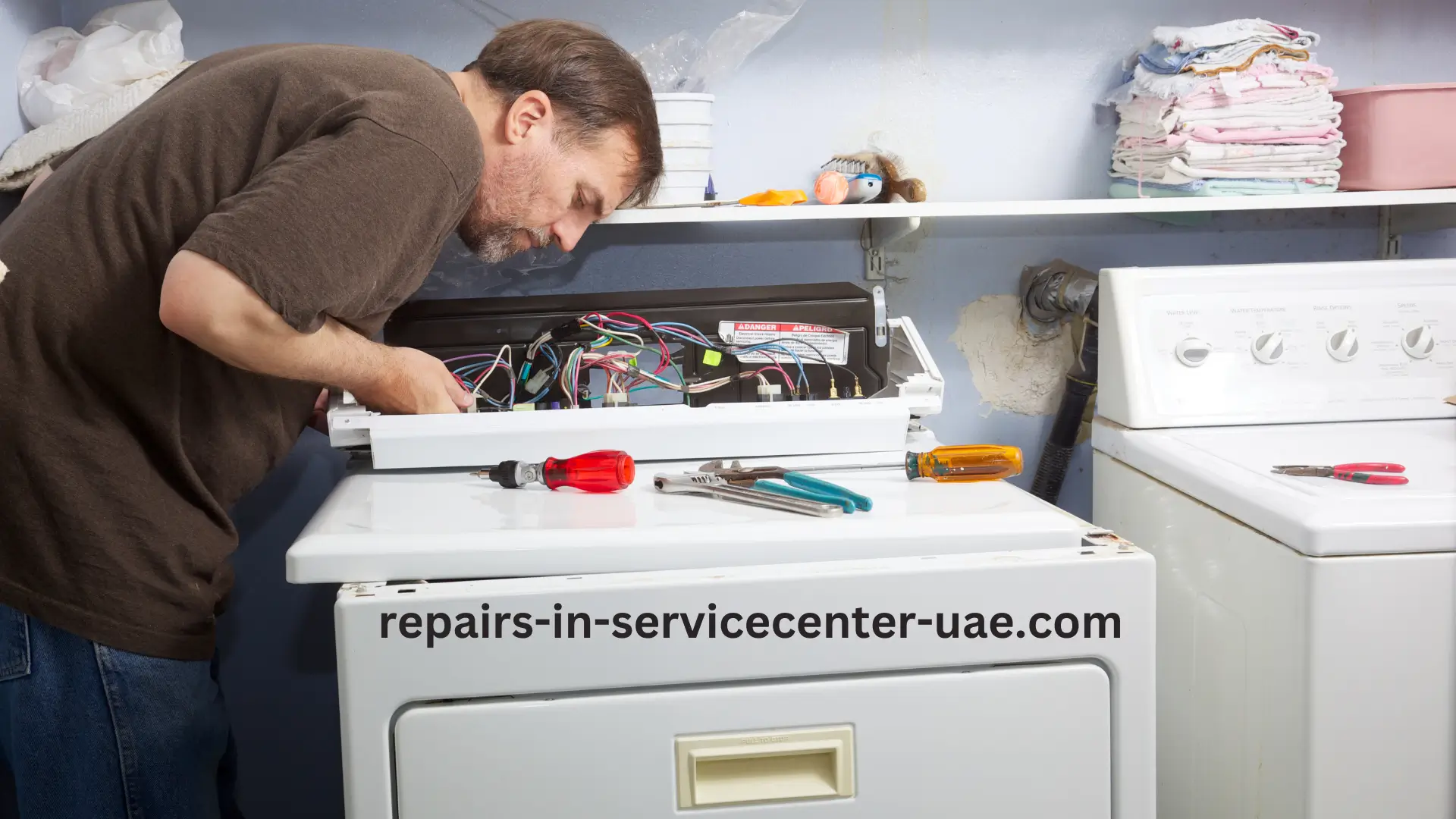
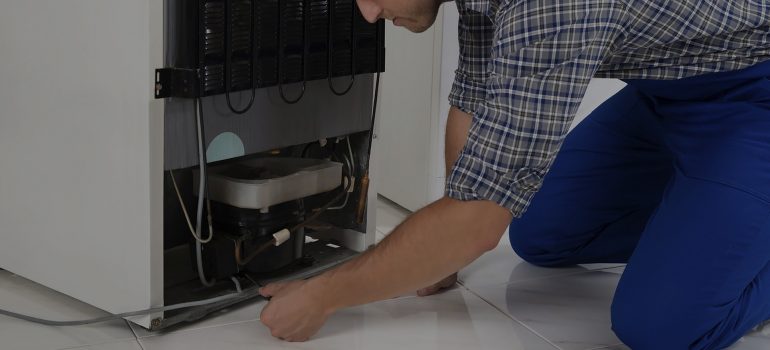
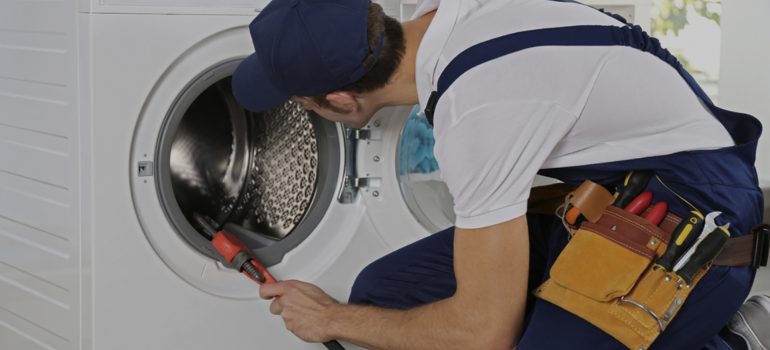
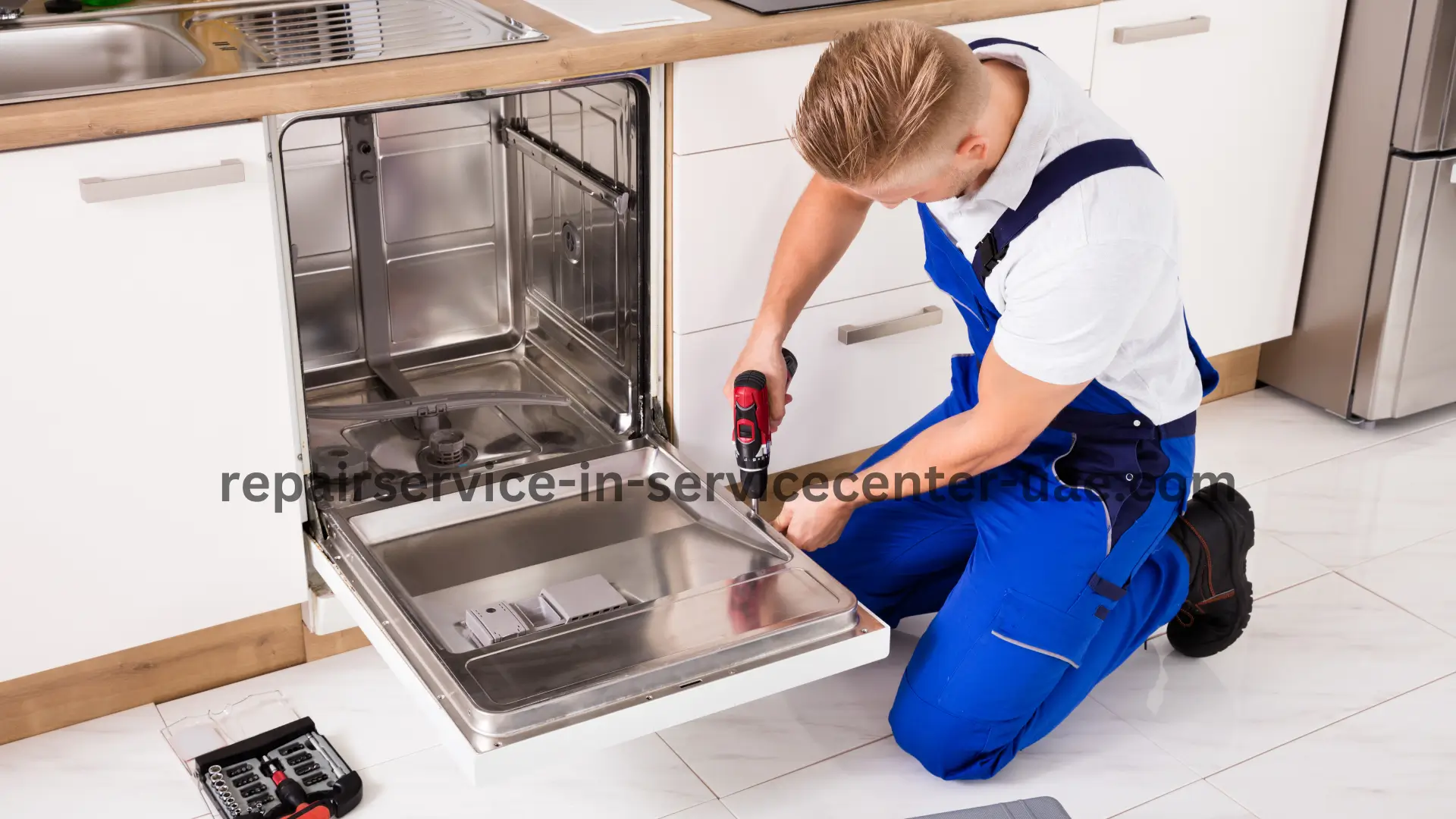
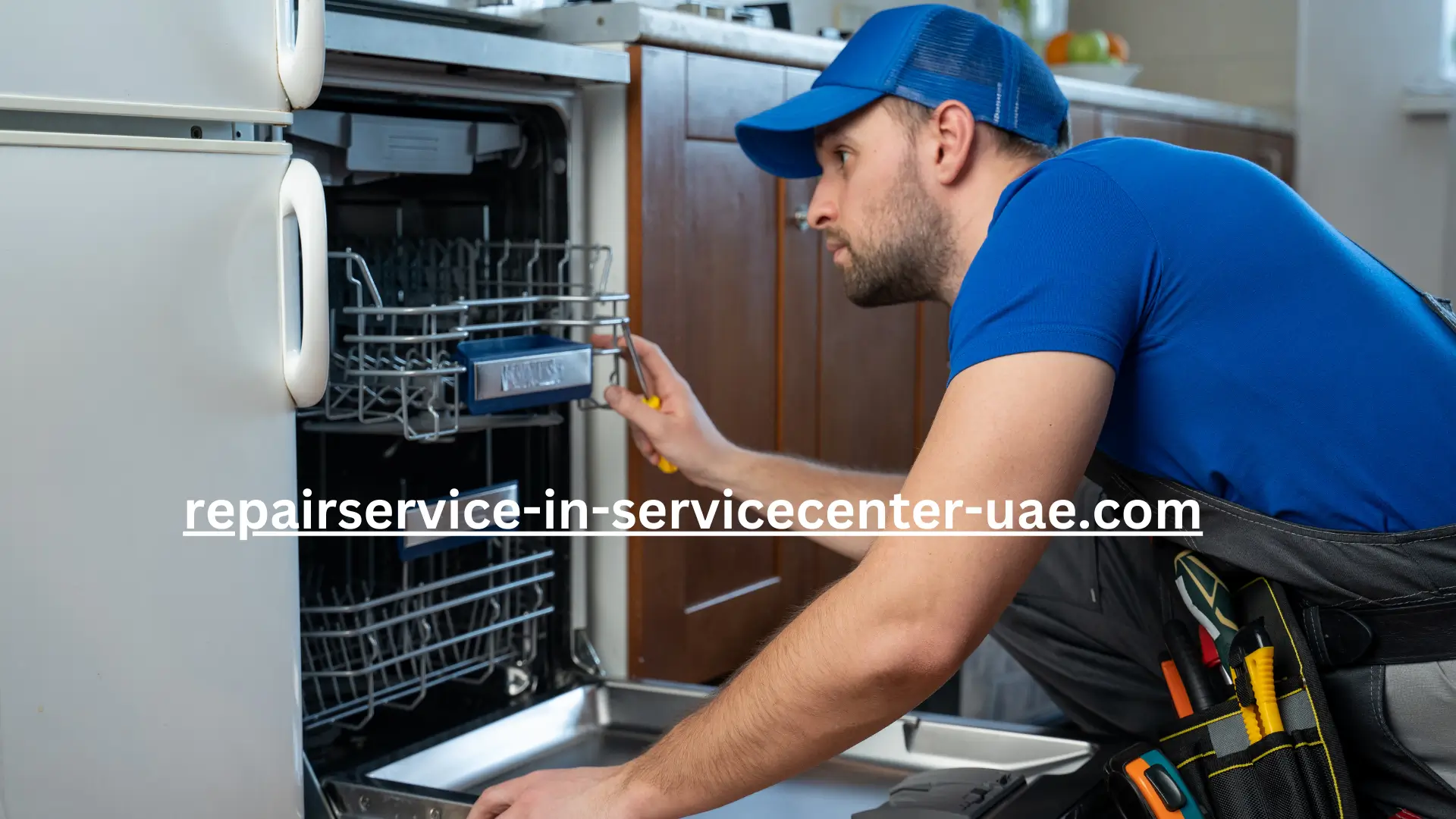
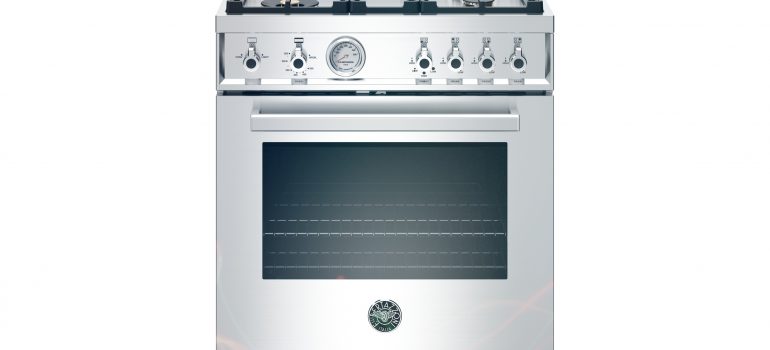
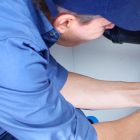

Recent Comments